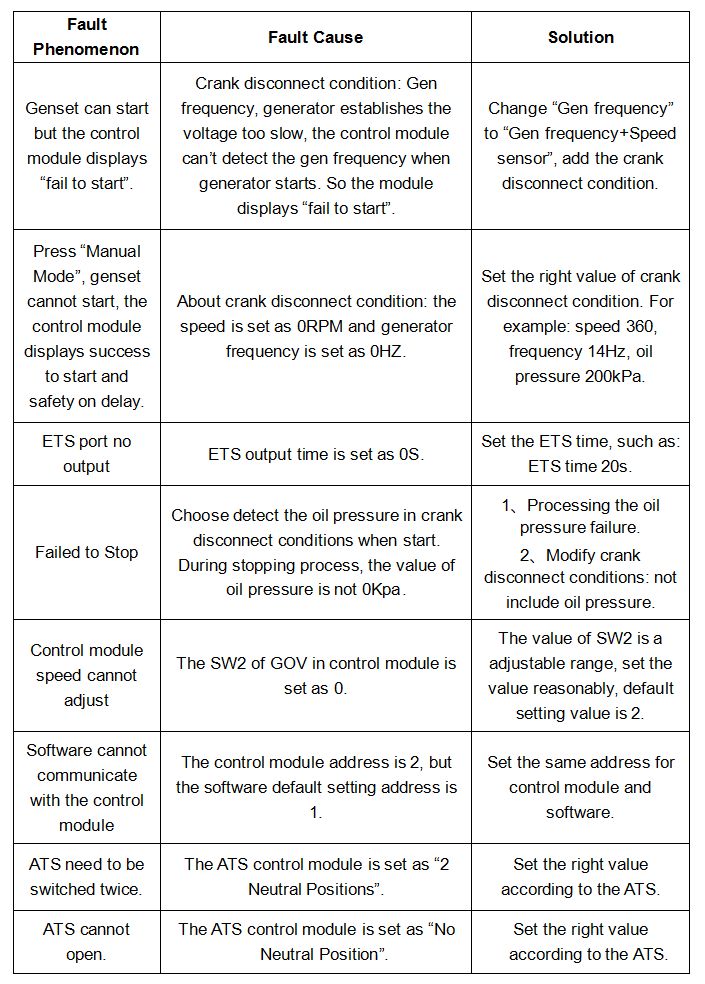"Unlocking Opportunities: A Comprehensive Guide to Student Federal Loan Forgiveness Programs"
#### Student Federal Loan Forgiveness OverviewStudent federal loan forgiveness refers to various programs designed to alleviate the burden of student loan d……
#### Student Federal Loan Forgiveness Overview
Student federal loan forgiveness refers to various programs designed to alleviate the burden of student loan debt for borrowers who meet specific criteria. These programs are primarily aimed at individuals who have taken out federal student loans and are seeking relief from their repayment obligations. With the rising costs of education, many graduates find themselves struggling to repay their loans, making these forgiveness options increasingly important.
#### Understanding the Types of Forgiveness Programs
There are several types of student federal loan forgiveness programs available, each with its own eligibility requirements and benefits. Some of the most notable programs include:
1. **Public Service Loan Forgiveness (PSLF)**: This program is aimed at borrowers who work in qualifying public service jobs. After making 120 qualifying monthly payments while working full-time for a qualifying employer, borrowers can have the remaining balance of their Direct Loans forgiven.
2. **Teacher Loan Forgiveness**: Teachers who work in low-income schools or educational service agencies may qualify for forgiveness of up to $17,500 on their Direct Subsidized and Unsubsidized Loans, as well as their Stafford Loans, after teaching for five consecutive years.
3. **Income-Driven Repayment (IDR) Forgiveness**: Borrowers enrolled in an income-driven repayment plan may have their remaining loan balance forgiven after making payments for 20 or 25 years, depending on the plan.
4. **Total and Permanent Disability Discharge**: Borrowers who are totally and permanently disabled may qualify for a discharge of their federal student loans.

5. **Veteran Benefits**: Certain veterans may also be eligible for loan forgiveness through programs designed specifically for military service members.
#### Eligibility Criteria
To qualify for student federal loan forgiveness, borrowers must meet specific eligibility criteria that vary by program. Generally, these criteria include:
- **Employment Status**: Many forgiveness programs require borrowers to be employed in specific sectors, such as public service or education.
- **Payment History**: Borrowers must demonstrate a history of on-time payments, which is particularly important for programs like PSLF.
- **Loan Type**: Only federal loans are eligible for forgiveness; private loans do not qualify.

- **Duration of Service**: For programs like Teacher Loan Forgiveness, a minimum period of service in a qualifying position is required.
#### Application Process
The process for applying for student federal loan forgiveness can vary depending on the program. Generally, borrowers should:
1. **Gather Documentation**: Collect necessary documents, such as proof of employment, payment history, and loan information.
2. **Complete the Application**: Fill out the required forms for the specific forgiveness program. For PSLF, this includes the Employment Certification Form.
3. **Submit the Application**: Send the completed application to the loan servicer or the designated agency responsible for processing forgiveness requests.

4. **Follow Up**: After submission, borrowers should follow up to ensure their application is being processed and to address any potential issues.
#### Conclusion
Student federal loan forgiveness can be a lifeline for many borrowers struggling with student debt. By understanding the various programs available, eligibility criteria, and the application process, individuals can take proactive steps toward financial relief. It is essential for borrowers to stay informed about changes to these programs and to seek assistance if needed. With the right knowledge and resources, achieving student federal loan forgiveness can lead to a brighter financial future.